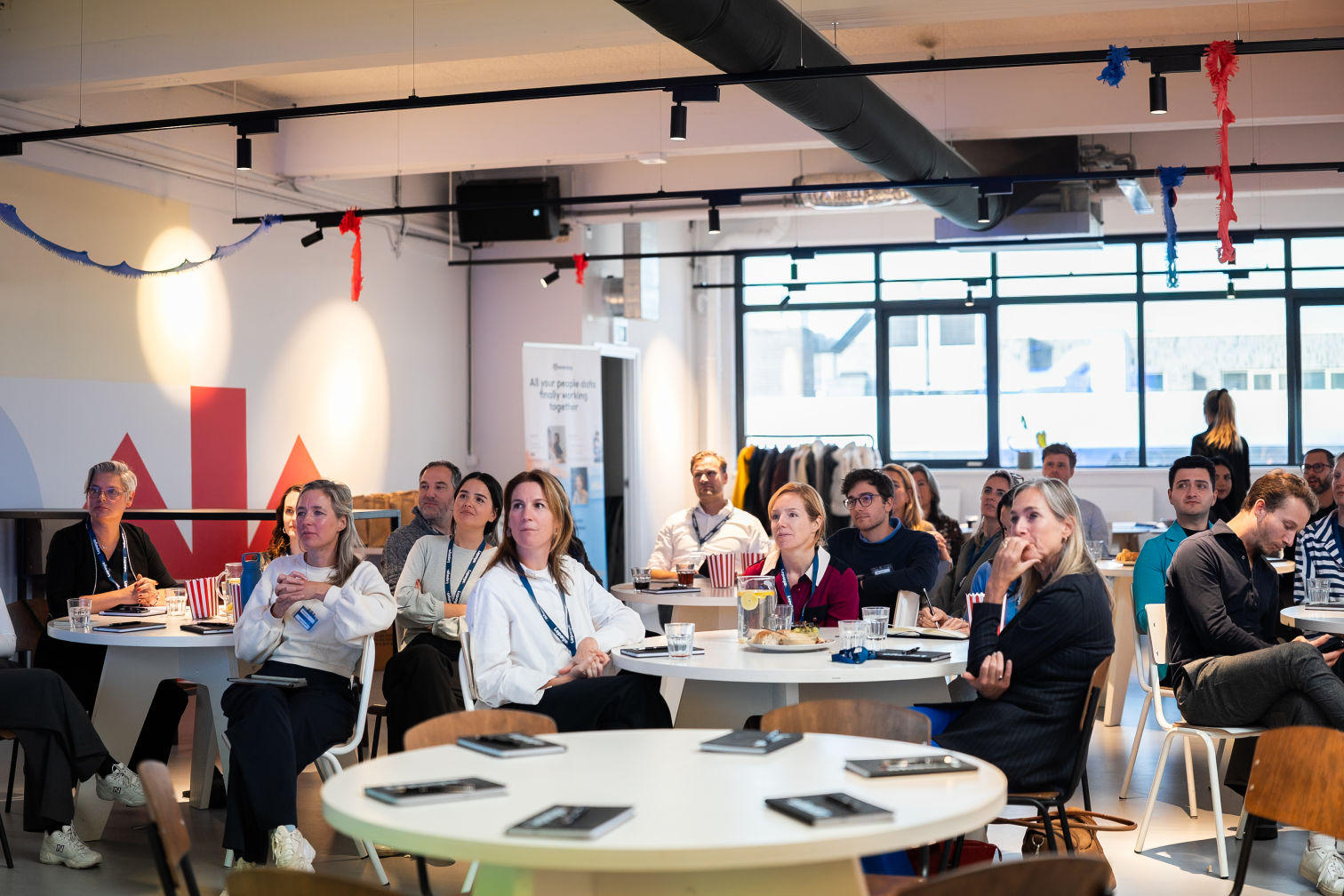Sitting And Listening Is ‘so 2018’- Flip The Script!
.jpeg)
Now is the time to flip learning
When we teach children about history, biology or grammar a lot of classroom time is dedicated to children listening quietly. Too many corporate trainings mirror that example. Too bad, because trainings could be so much more effective and engaging. How? By flipping the classroom.
Flipping the classroom is not new. It became popular in the early 2000’s, but corporate trainings didn’t adopt it widely. The concept is simple: you switch around what you do in- and outside of class. Instead of listening to a lecture in class and making assignments at home, you watch or read the lecture at home and make assignments in class. But it’s about more than just flipping activities. It’s about flipping outcomes.
According to Bloom’s Taxonomy, there are six levels of learning outcomes. Sitting and listening focuses on the first two levels: remembering and understanding. Once you remember and understand, you can start applying, analyzing and evaluating. The final level of learning is creating, where you are able to produce new and original work based on the newly acquired knowledge or skill.

In the ‘unflipped’ situation, facilitators put most of their efforts on making sure learners reach the second level of Bloom’s Taxonomy. Afterwards learners need to apply the theory, analyze their inevitable failures and evaluate their progress. And for that, they’re on their own.
In corporate training, especially when developing soft skills, reaching the higher levels of Bloom’s Taxonomy is a must. If an employee understands, for example, the lay-out of the Eisenhower matrix but doesn’t know how to apply it, the knowledge is worthless.
That’s why it makes much more sense to have people handle the base of the pyramid on their own, in their own preferred way (reading, watching videos, etc.) and at their own pace; so that they can spend the precious instructor-led classroom time on mastering the higher and more difficult levels.
That’s not only educationally more effective, but also more fun. Because who wouldn’t prefer exercises and group discussions over sitting and listening?
Questions, comments or suggestions? Or want to intern with us yourself? Visit lepaya.com, comment below, or email us at info@lepaya.com.

We offer a scalable employee training solution. It lets you continuously upskill your people.
Book a call.png)
Related articles
Ready to drive impact together?
Close skill gaps, accelerate growth, and future-proof your workforce.












.jpg)
.png)

%2520(1).png)
